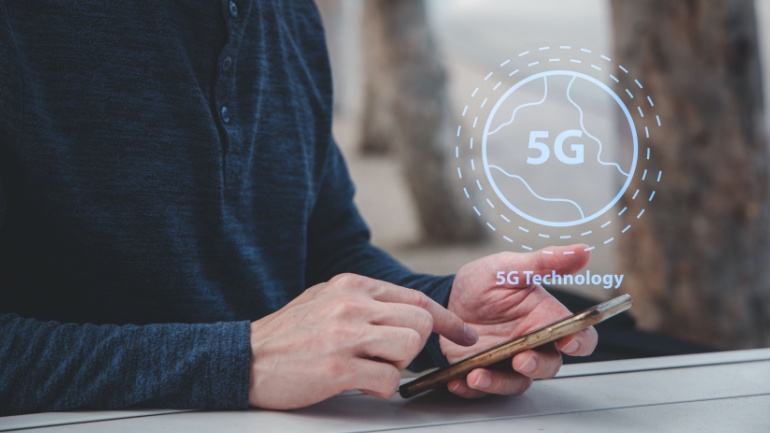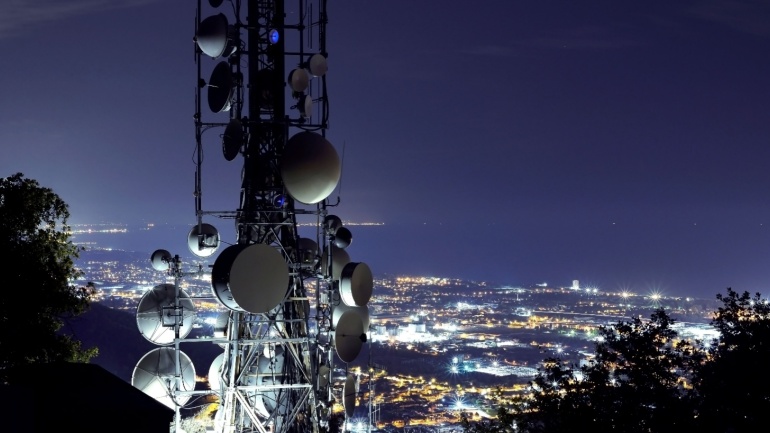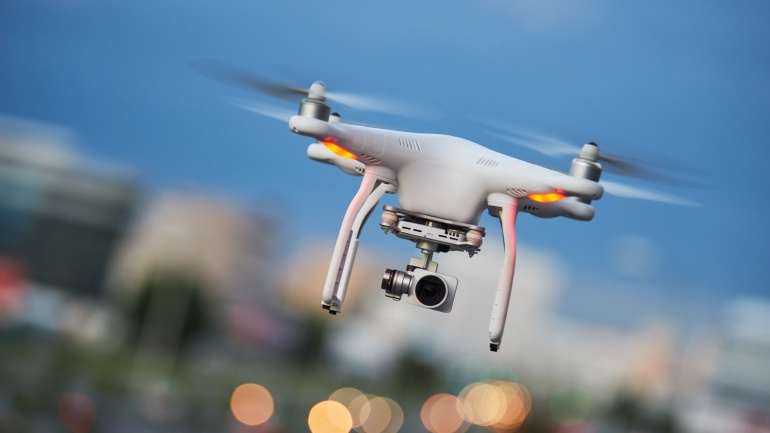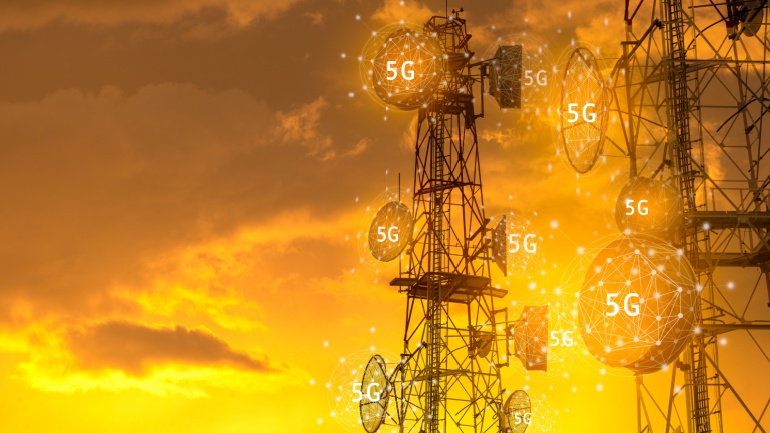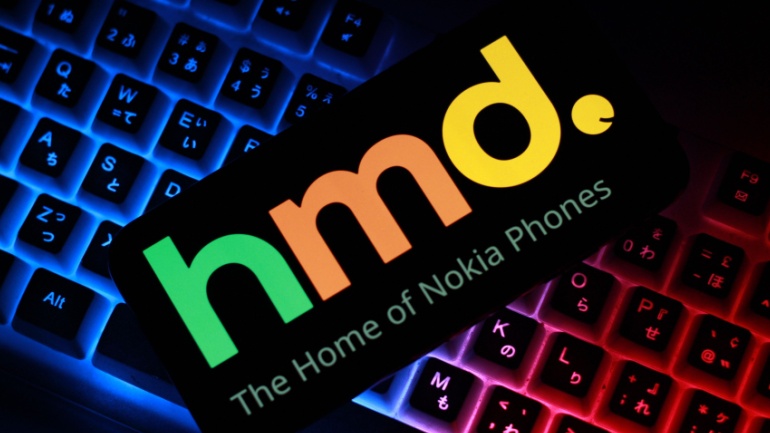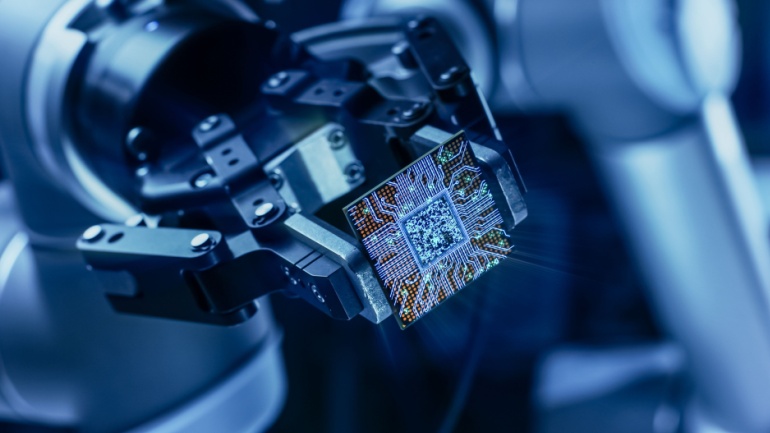Infinera has achieved a significant milestone in advancing 5G mobile broadband technology through successful multi-vendor interoperability testing of its XR optics. The testing, conducted in collaboration with DZS and Calnex at the European Open Test & Integration Center in Torino by TIM, marks a pivotal step towards simplifying and cost-reducing 5G network deployments.
NEC has introduced a groundbreaking radio-over-fibre system featuring 1-bit fibre transmission, designed to create affordable, compact distributed antenna units (DAUs). This innovative technology transmits high-frequency analogue signals using a cost-effective electrical-to-optical converter, commonly used in digital communications.
Vodafone Germany has introduced DroNet Hub, a new online platform designed to assist businesses in managing their drone operations. This launch coincides with the fifth anniversary of the telecom giant’s adoption of 5G technology.
A consortium of major Japanese tech companies, including mobile operator NTT DoCoMo, has successfully conducted a trial of 5G communication in the 38 GHz band using a base station positioned 4 km above ground level. This experiment is a critical part of Japan’s initiative to establish high-altitude platform stations (HAPS) for delivering 5G services from the stratosphere.
NEC launches “NEC cotomi Pro” and “NEC cotomi Light,” advanced gen AI models. Lumos will be acquired by a joint venture of EQT and T-Mobile to expand high-speed internet access. CEA-Leti leads EU projects 6G-DISAC and 6G-GOALS, revolutionizing 6G technology through smart networks. Sanas obtained a patent for its Real-Time Accent Conversion AI Technology, enabling call center agents to adapt accents and reduce background noise. GlobalData’s report highlights how startups are innovating in AI-driven medical diagnostics, IT management, and financial operations.
HMD, the company behind Nokia phones, has unveiled its inaugural lineup of self-branded smartphones known as the Pulse series. This move marks a significant departure for HMD, which initially gained traction by leveraging the trusted Nokia name for its handset operations.
In a recent development, the Japanese government has passed a significant amendment to longstanding telecom regulations, marking a pivotal moment for NTT, the country’s telecom giant. The amendment, announced by NTT on Wednesday, encompasses several key changes, including the liberation from R&D information sharing obligations and the allowance for non-Japanese directors on its board.
Huawei is nearing completion of a large R&D complex in Shanghai focused on semiconductor technology. Fujitsu, NEC, NTT, and DoCoMo have unveiled a groundbreaking ‘top-level sub-terahertz 6G device’ achieving 100 Gbps speeds over 100-meter distances in the 100 GHz and 300 GHz bands. MASV’s Solutions Partner Program simplifies large file transfers using their cloud-based platform. LEAP is expanding global customer outreach with Vonage’s Communications APIs and SIP Trunking for scalable cloud connectivity.
With a hefty $6.6 billion subsidy by the U.S. government, Taiwan Semiconductor Manufacturing Co (TSMC) embarks on an unprecedented development in semiconductor industry. This boost is not only expected to foster job creation with an estimate of up to 6,000 high-tech positions but also promises to democratize access to advanced technologies.
GoTo’s Miradore Premium+ is a new subscription tier designed for growing businesses, offering enhanced MDM capabilities. CallTower introduces CT Text with MMS and SMS features in Cisco Webex. NGMN’s report underscores the necessity of industry-standard measures for tracking energy consumption in virtualized mobile networks. Casa Systems is selling its Axyom business to Lumine Group and its cable interests to Vecima Networks due to reduced capital spending.



